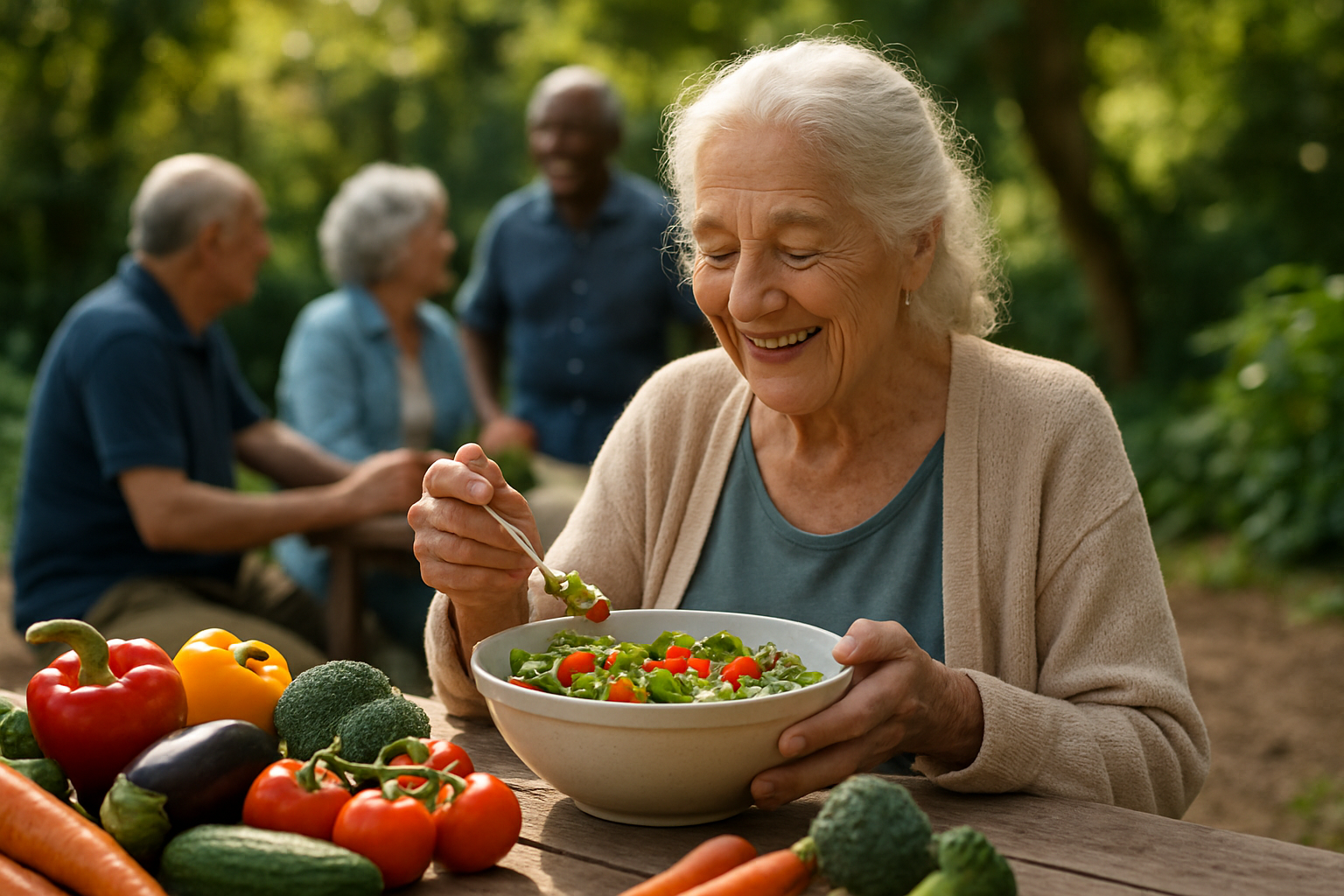Generational Gardening: Cultivating Connections Across Age Gaps
Bridging generational divides through shared horticultural pursuits is gaining traction as a powerful tool for community building. This innovative approach to intergenerational bonding leverages the timeless appeal of gardening to foster understanding, respect, and mutual learning between young and old. Read below to explore how this growing trend is reshaping social dynamics and nurturing healthier, more cohesive communities.

The Seeds of Change: Origins and Evolution
The concept of generational gardening isn’t entirely new, but its recent resurgence and formalization as a social tool is noteworthy. Historically, gardening knowledge was passed down through families, with grandparents often teaching younger generations about planting cycles, soil care, and harvesting techniques. However, as urbanization and technological distractions increased, these natural interactions began to wane.
In response to growing concerns about social isolation, particularly among older adults, community organizations and social researchers began exploring ways to reconnect generations. Gardening emerged as an ideal medium due to its accessibility, tangible rewards, and ability to accommodate varying physical abilities. Early pilot programs in retirement communities and schools showed promising results, sparking wider interest and adoption.
Rooted in Benefits: The Impact on Participants
The benefits of generational gardening extend far beyond the harvest. For older participants, these programs offer opportunities for physical activity, cognitive stimulation, and social engagement. Many report feeling a renewed sense of purpose and valued for their knowledge and experience. Younger participants, in turn, gain practical skills, develop patience, and learn to appreciate the wisdom of their elders.
Perhaps most significantly, these interactions help dispel age-related stereotypes on both sides. Young people often discover that older adults are more dynamic and engaging than they anticipated, while seniors find themselves impressed by the curiosity and capability of youth. This mutual appreciation fosters a more inclusive and understanding community dynamic.
Cultivating Community: Beyond the Garden Beds
The impact of generational gardening ripples out beyond the immediate participants. Community gardens that incorporate intergenerational elements often become hubs of social activity, hosting events, workshops, and informal gatherings. These spaces serve as neutral ground where neighbors of all ages can interact, share stories, and build relationships.
Moreover, the produce grown in these gardens often supports local food banks or community kitchens, adding a layer of collective purpose to the endeavor. This aspect of giving back to the community further strengthens bonds between participants and instills a sense of civic pride across generations.
Challenges and Growth Opportunities
While the benefits are clear, implementing successful generational gardening programs isn’t without challenges. Organizers must navigate differing physical abilities, scheduling conflicts, and potential communication barriers. Additionally, some communities struggle with securing suitable land or resources for gardening projects.
However, innovative solutions are emerging. Mobile garden units bring plants to participants who can’t easily travel. Digital platforms help coordinate schedules and share information between in-person meetings. And partnerships with local businesses and government entities are helping to secure resources and spaces for these valuable programs.
Sowing the Future: The Long-term Impact
As generational gardening programs continue to flourish, researchers are beginning to study their long-term effects on communities. Early indications suggest that these initiatives could have far-reaching implications for social cohesion, mental health, and even urban planning.
By fostering intergenerational relationships, these programs may help create more age-integrated communities, reducing the segregation often seen between different life stages. This integration could lead to more diverse support networks, enhanced community resilience, and a more holistic approach to addressing societal challenges.
Furthermore, the skills and values cultivated through these programs – patience, nurturing, environmental stewardship – have the potential to influence broader societal attitudes towards aging, community engagement, and sustainability.
As we look to the future, generational gardening stands as a testament to the power of simple, shared activities in bridging divides and nurturing stronger, more connected communities. It reminds us that in tending to our gardens, we also tend to the essential bonds that make our society whole.





